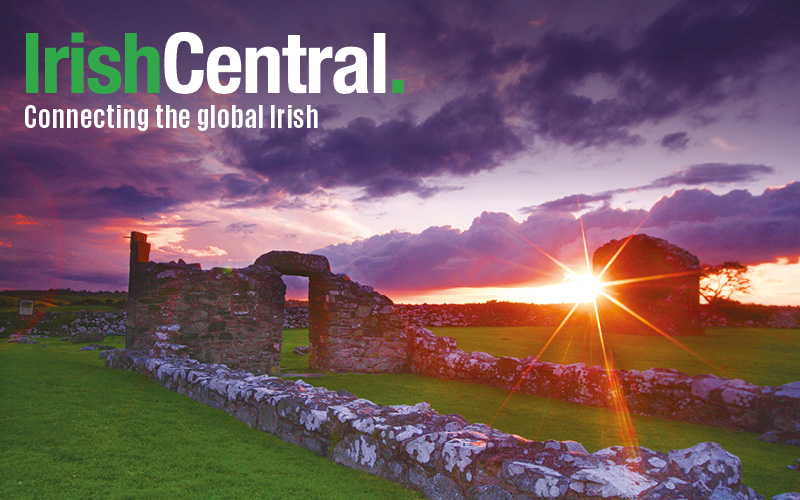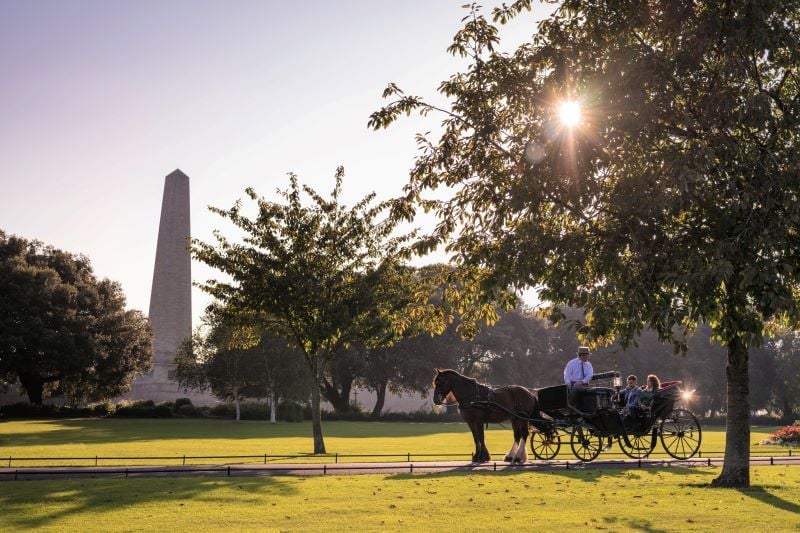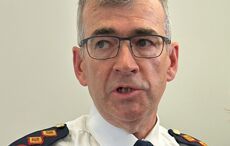A significant number of Irish people living in poverty with no family are being buried in unmarked mass graves, in London every year by local councils.
In one case highlighted by the Irish Chaplaincy in Britain, working alongside the auspices of the Irish bishops council, Patrick Duggan, a Galway native would have faced burial in a ‘paupers grave’ by Southwark council in London, if workers from the chaplaincy had not been able to trace Duggan’s family.
After Duggan’s relatives were traced by the Irish Elder Persons project based in the Camden Irish Center, they ensured his remains would be returned for burial to Ireland.
Helen Kerins, a worker at Southwark council said that a significant proportion of the funerals organized and annually funded by their borough are for elderly Irish men.
"It tends to be men mostly, because women are more likely to tell someone of their predicament than men are in my experience," she told the Sunday Tribune.
Ms Kerins has the responsibility of finding information about any wishes the deceased had relating to their funeral arrangements. She also tries to obtain information about their next of kin
When the borough is unable to locate a family member, the local council have a statutory obligation to provide burial. There are 22 boroughs in London, each of which operates different procedures.
However the majority of those buried in unmarked graves are laid to rest without being formally identified and in mass graves with the remains of up to 25 other people.
Camden council does not have specific figures on the number of Irish it buries annually in such mass graves, but on average 100 people who are not claimed are laid to rest by the council each year.




Comments